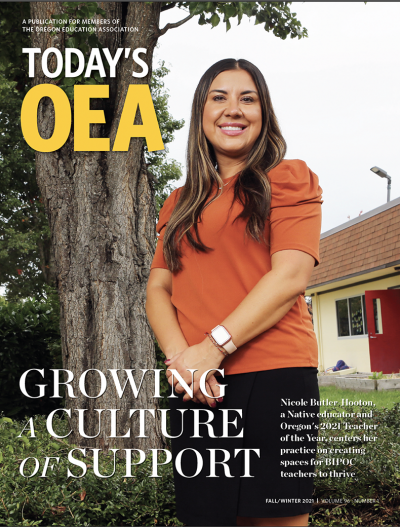YOUR STORIES MATTER. THEY NEED TO BE HEARD.
Across the state, OEA members have taken the brave step to talk about the realities they face every day in their classrooms and worksites. The 56 seventh graders they teach. The 1 minute and 45 seconds they have to spend on each individual student every day. The daily grind of grading papers in the cafeteria and lugging teaching supplies from room to room, due to overcrowding.
Each day this Legislative session, OEA lobbyists have handdelivered a new "Story of the Day" to every Legislator in the Capitol. Sometimes, we were fortunate to have our own members personally deliver their story — Woodburn teacher and OEA member Tony Ramos hand-delivered his story to Rep. Teresa Alonso Leon in mid-May.
Through this organizing effort, educators also share the deep passion they have for the work they do. Today's OEA has selected a handful of stories for reprint that showcase the breadth of our work across public schools and community colleges. All of the stories collected can be found on our Medium blog:
medium.com/@oregoned.
It's been a work of heart, and our effort isn't over. If you have a story to tell (and who doesn't?) - please share it with us at:
oregoned.org/lifteveryvoice
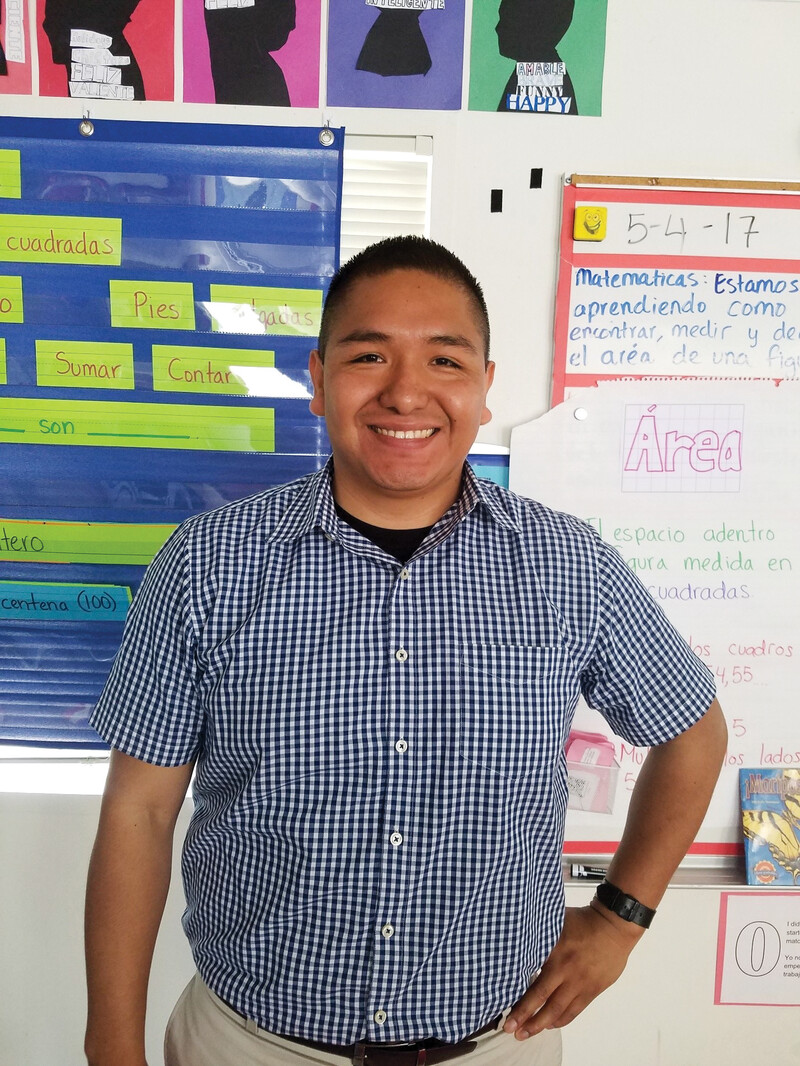
Prioritizing Education
Tony Ramos
Elementary Spanish Immersion Teacher
Woodburn, OR
I have always known that the most important thing any one person can do to better themselves and the lives of their family is education. I learned this from my dad. He was a professor in Mexico. When he first came to the United States, he worked in the fields as he worked on his recertification to continue teaching.
I have now been a teacher for five years. I take education very seriously and try to give my students as much as I can every single day because I know how significantly it will impact their future. I’m worried that the proposed cuts by the Legislature will only make it harder to provide a quality education and many students in my community will suffer.
I teach a dual immersion Spanish-English program with my teaching partner. It’s a wonderful program, and it has been powerful to watch the students grow in both languages. Some of the students require additional academic or communication assistance. We do our best to support them as a team of teachers, administrators, speech pathologist, psychologist, and their parents/guardians, but it still doesn’t feel like enough. Our speech pathologist and psychologist are split between multiple schools, and in my classroom, I don’t have enough time to give the one-on-one attention that I wish I did.
It feels disrespectful to both the students and the educators when our state is not investing enough in education — it’s even turning some away from the profession entirely as they experience burn out and leave. Education is so vitally important to all of us. Please stop these downward trends and invest to support our students, our teachers, and our community.
Instability Affects Students
Judy Christensen
Education Assistant
Grants Pass, OR
I have been an Education Assistant (EA) in Grants Pass for 30 years. I first started as an EA when my son was in the 5th grade. Grants Pass is a high poverty area and this can disrupt home life for students. I’m talking about families working multiple jobs, single parent households, and in some extreme circumstances, families that are homeless. I have seen this cause all sorts of stability issues and many times turn into serious behavioral problems for the students.
It is especially hard for students that have been uprooted three, four, sometimes five times from previous schools. Last year in particular, one student arrived in spring and could only read nine words per minute. He needed serious one-on-one attention but because of a lack of resources there wasn’t any time to catch him up.
I also worry about the middle of the class students. They have almost no time devoted to them but they are not low enough on the scale to get pulled out for extra help.
We need more funding for smaller class sizes and additional aides. If it doesn’t happen then I worry things will only get worse.
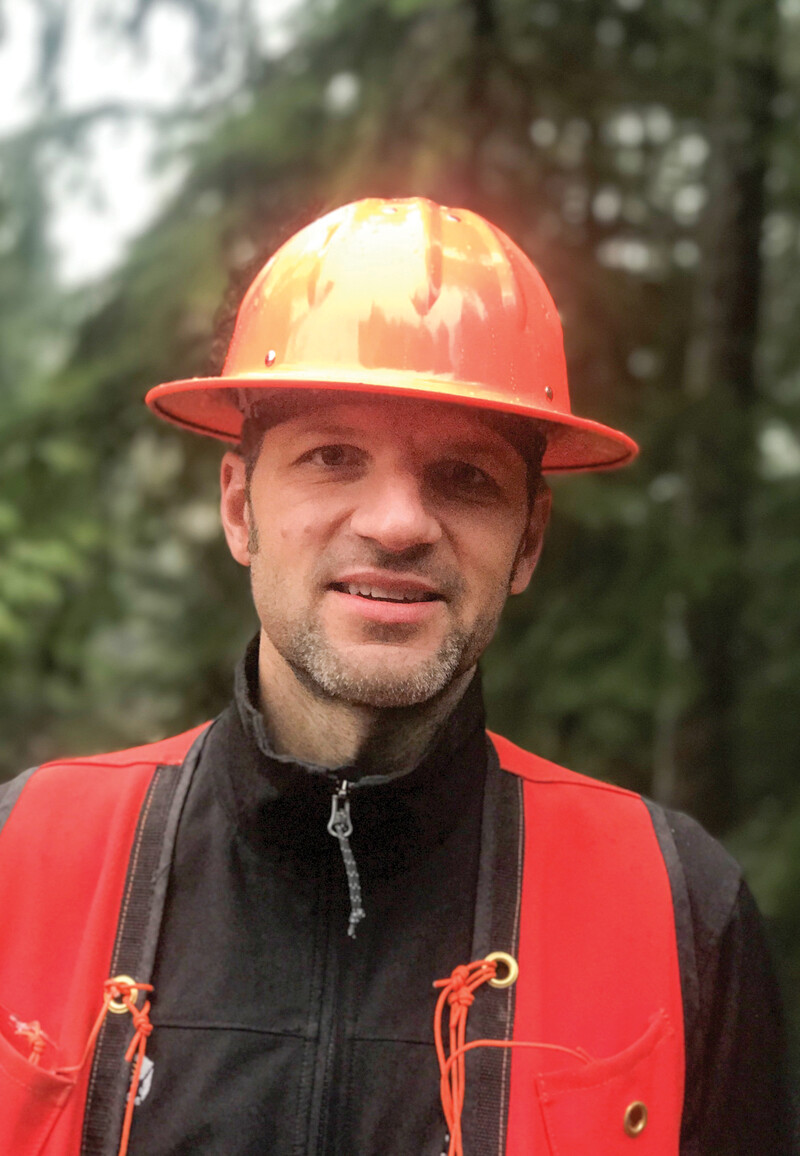
Access to Current Technology
Jason Pinkerton
Natural Resources Instructor
Mount Hood Community College
Throughout my life I have had several teachers profoundly impact the path I have chosen. Their dedication and passion for teaching students was something I knew would give me fulfillment as a profession. As a teacher of natural resources, I feel I am doing my part to shape future generation of resource managers and positively impact the environment.
To be successful, my students need a strong support network connecting them to each other and future employment. Our program is deeply seated in providing fundamental technical skills required by industry.
We are fortunate to have continued support from our private, local, state and federal agencies throughout the United States. This means our Associate of Applied Science (AAS) degree program produces students valued for their knowledge, skills and experiences.
Continued access to current technologies employed by industry professionals is critically important for my students. With potential budget cuts in sight, this is in jeopardy. Data collection and analysis tools are ever-changing within our industry. An example of this ever-changing technology is Geographic Information Systems (GIS). Our program students need access to these tools to be competitive in the job market.
Nothing satisfies me more than to see my students obtain a seasonal field position during their first year of study using the skills I have helped them develop. To prepare them for their careers, we need adequate funding and resources.
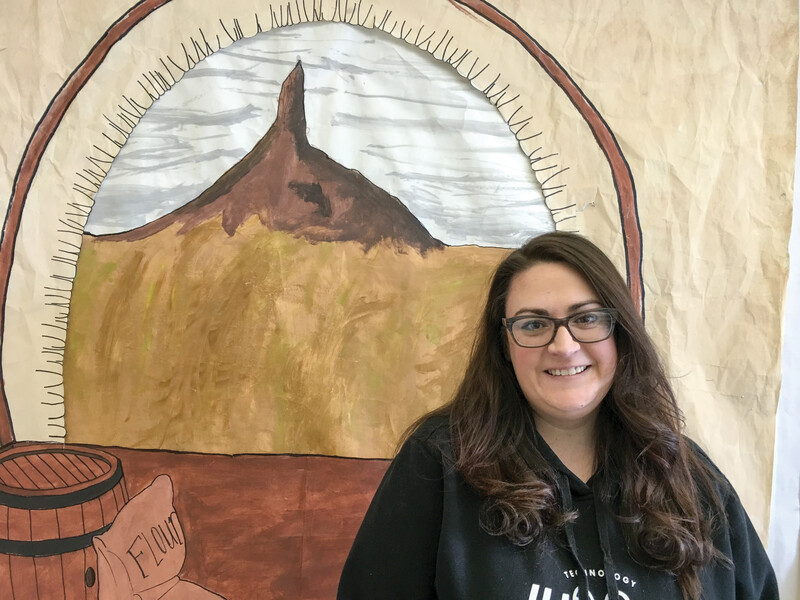
Budget Cuts Looming
Jaime Speed
Fourth Grade Teacher & Instructional Coach
Bend, OR
Roughly 30 percent of the students at my school are English Language Learners. We house a very large Life Skills program, and we also house the district’s hearing impaired program. We are a Title I school, and nearly 70 percent of students qualify for the federal free lunch program.
This year in my 4th grade class I have 24 students and it’s magical. Not too long ago I had 37 students. It is a completely different teaching experience in terms of the quality of support I can provide students. The physical space alone becomes an issue. More importantly, you can’t get to know your students when class sizes are that big. This year I get to check-in with every kid, every day. I know them as learners, but I also know them as people. When I had 37 students, it felt like I was managing a small town.
I would love to have our state representatives come try teaching for one day. Try it from morning to night when your morning prep is taken because a parent needs to talk to you about something important, and then you’re trying to go to the bathroom, but a student needs you to listen to their problem during your break, and you have 37 students you’re planning for and thinking about and you have recess duty. I wish our state representatives could experience what it feels like to go home at night and worry about the families you work with. I go to bed each night, and I worry about my students and how I can serve them better.
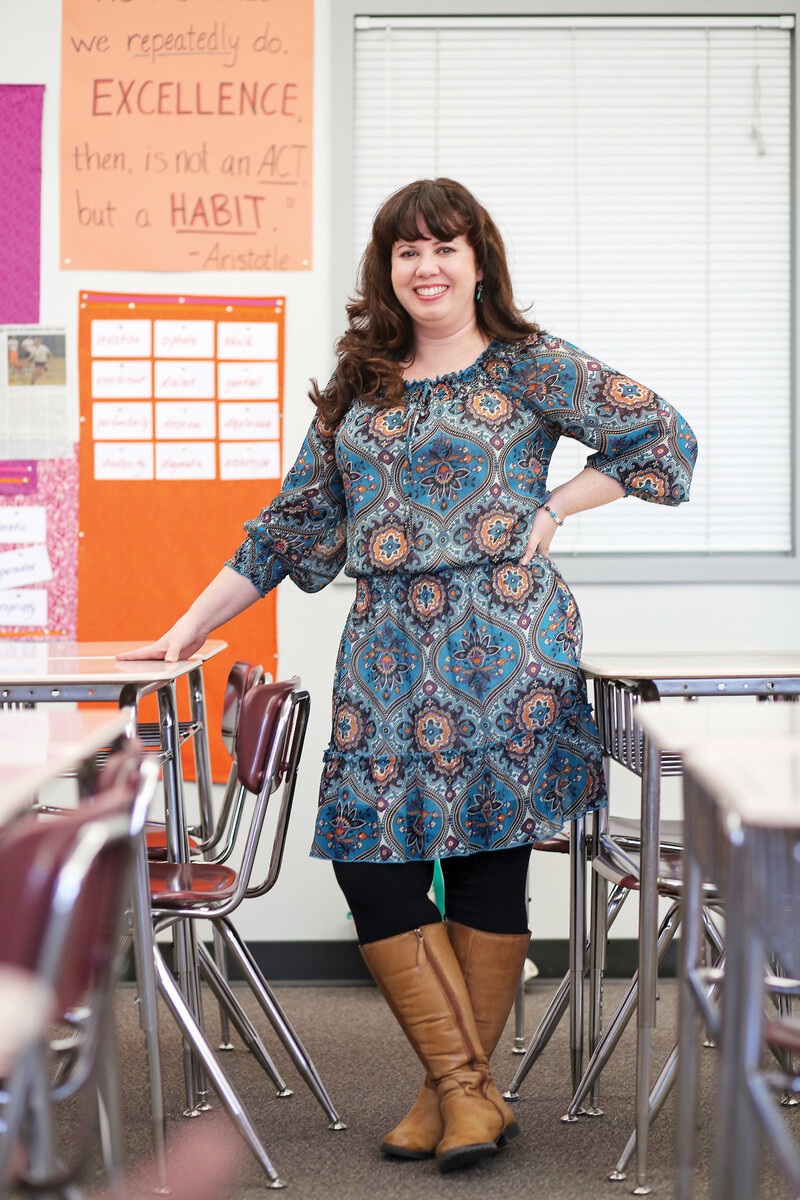
Parent, Teacher, Community Member
Ericka Keefauver
High School Teacher
Hermiston, OR
I’m a Hermiston High School teacher, parent of five public school students, and a life-long citizen of Hermiston. From all three of these perspectives, I’m extremely concerned about the future of Oregon.
As a teacher, increasing class sizes, decreasing access to vital services, and loss of course offerings are detrimental to the education of my students.
As a parent, I fear for the opportunities of my five children. I want my teenagers to experience amazing elective programs. I want my kindergartener to be able to experience music, PE, and library/media (she doesn’t right now).
Teachers are constantly being asked to do more with less and it is unrealistic for the state to expect better results without doing something differently.
Oregon currently has some of the lowest corporate tax rates in the nation. I pay higher tax rates than many corporations that operate in our state. It’s time these corporations pay their fair share to help the underfunded educational system that grows and trains their future employees.
When making decisions that will affect the students of Oregon, please remember my words and let the budget reflect your value in Tristan, Annabel, Violet, Lorelai, and Aria’s education as well as the thousands of other children across Oregon.
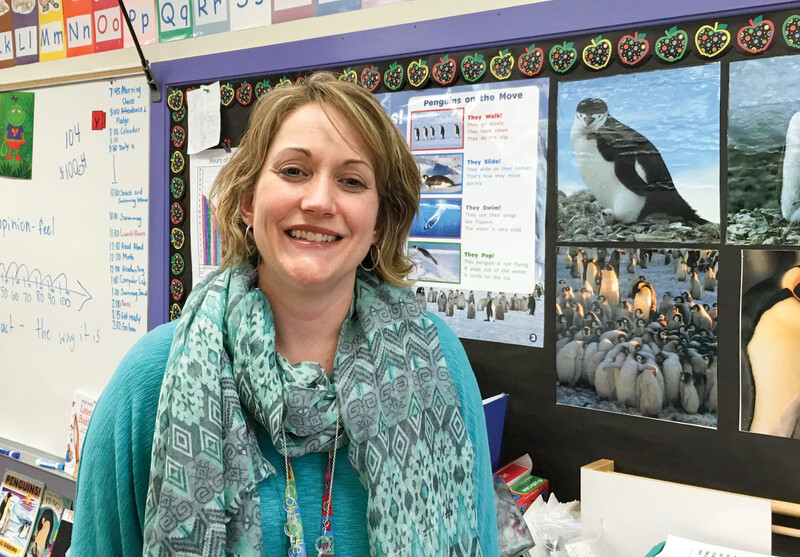
Playing Short-Handed
Amelia Edd
First Grade Teacher
Coos Bay, OR
I’ve wanted to be an educator ever since I was a little girl. My younger sister always says I taught her to read. I’d come home from kindergarten or 1st grade, and we’d play school. I still have this passion for teaching.
In Coos Bay, our school board has really tried to make it a priority to keep class sizes as small as possible. However, what we have really lost, due to a lack of funding, is all of the support staff a school needs to function well. Our school has a serious need for behavior support.
We have some high-needs students who should be receiving extra support. They need individual attention that we are currently unable to give them in a regular education classroom. We just don’t have the staffing.
Our school is short-handed with custodial staffing as well. The classrooms are cleaned only every other day. We sit on the floor a lot in primary, so it’s kind of gross to sit on the floor when it’s dirty or there are wood chips. We also have problems with ants because it’s an old building and children tend to spill on the floor.
Schools need help. Oregon needs to fund education at an appropriate level. This means lower class sizes, a better adult to student ratio, and adequate support services.
I always say public education is like this: everyone wants you to fly to the sun with a spaceship, but they give you the materials to fly to the moon and the personnel to get to the first layer of the atmosphere.
This is your goal, to get to the sun, but the resources that you need are just not provided. So, what happens? Our students suffer; we crash and burn.

My Position Has Been Cut
Edith Guitron
K-8 School Counselor
Portland, OR
This is my second year in education, and my job is very rewarding! I support students in every aspect of their lives here at school and also at home, but many of my students have significant challenges.
There are two counselors at our school, so we divide duties to meet students’ academic, personal, and social needs while also providing college and career support. This means we are visiting classrooms throughout the day, sometimes helping the teacher implement curriculum; conducting one-on-ones to check in with students who need help with crisis intervention. If left unsupported, many of these students will develop serious behavioral problems and fall behind academically, because their basic needs must be met before they can learn.
Recently, we were finally able to establish groups for our kids based on ethnicity. The students love these opportunities to identify with other students who have similar cultural backgrounds. These meetings have also helped us develop further unity throughout our school.
Then we received the news that my position was being cut for next year. This means our Title I school, with nearly 700 students, will have only one counselor. It becomes a situation where the remaining counselor will only have time to work with the students who have the highest perceived needs. Unfortunately, many students have situations that are not always visible at the surface, and I’m worried they will suffer the most. Honestly, sometimes students are coming to us just to get a hug. As we fill their hearts, they fill ours, and I’m terrified for what will happen next year if the budget is cut.
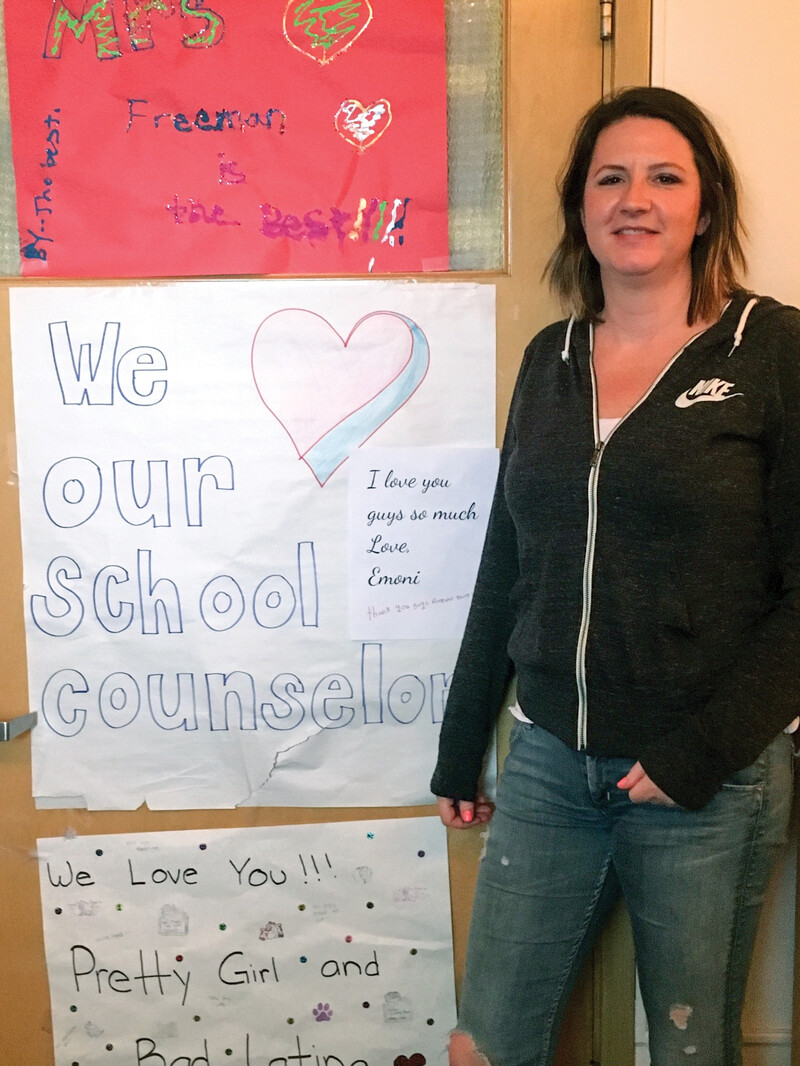
Harming Potential Success
Stacey Freeman
K-8 School Counselor
Portland, OR
There is never a dull day at my job. I’ve been here for four years, serving more than 700 K-8 students. Two years ago, a second counselor was hired, and I thought, “Finally! We can finally fully support our kids!”
When we got our second counselor, it turned out that there were so many problems we were not aware of because I was stretched so thin. Most of my workday had centered around supporting the students who were constantly in trouble. Together, the new counselor and I learned that we have a huge percentage of students who are in crisis but can maintain emotional control in the classroom.
These students have good attendance, but aren’t learning because their basic needs aren’t met. Kids’ brains can’t even think about reading, writing, or math without that.
Last month we learned that one counselor position in our school has been eliminated. This will be devastating for our students. We have an extreme range of diversity at our school. We have English language learners, refugees, undocumented students, and kids from all ethnic backgrounds.
It breaks my heart because the counselor we’re losing is a person of color with whom so many students connect and look up to. We have had to start explaining to our students that she won’t be coming back next year. It’s hard on them. They don’t understand, and they’re hurt. I’m afraid it’s going to push them away, just when they were finally making progress.
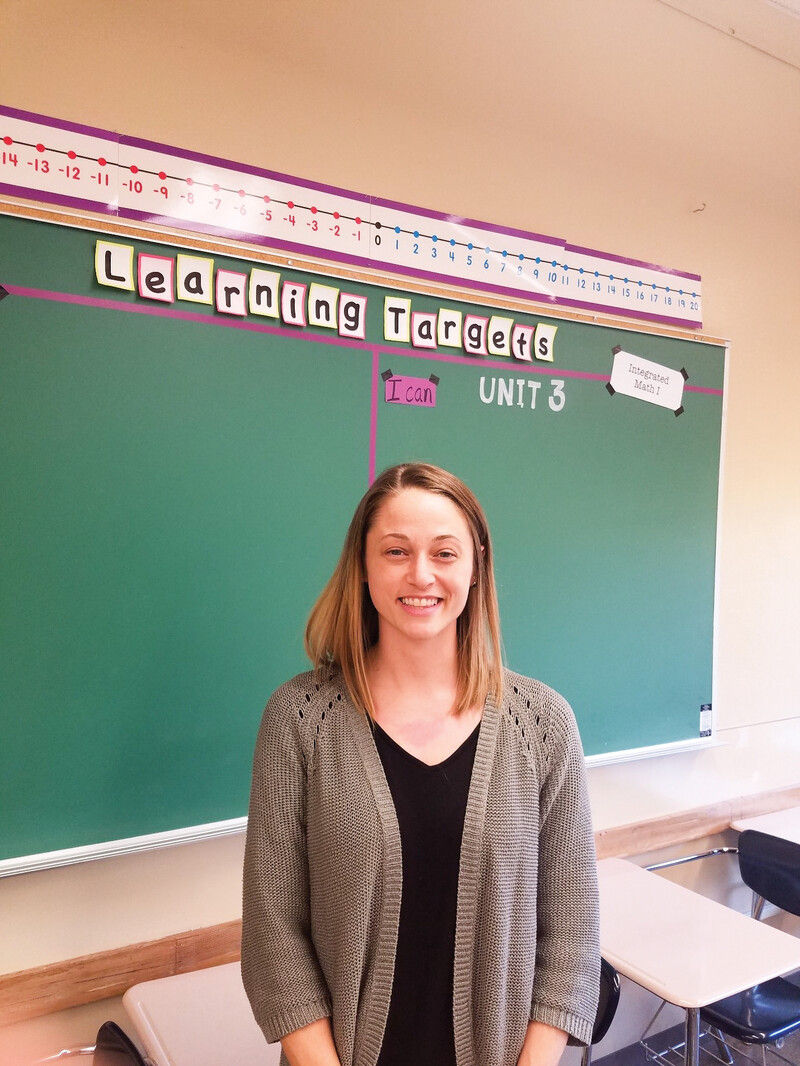
12 Working Calculators
Stephanie True
High School Math Teacher
David Douglas School District
Our district supports a diverse population of students; many of them have very few resources at home to support their studies.
The adults at home may have insecure employment or other circumstances that undoubtedly put more pressure on the school.
Large class sizes certainly don’t make it easy to fully support our students. Last semester my largest class had 37 students with the rest averaging in the mid-thirties.
Thankfully, this semester my averages are in the low thirties, but we lost our Instructional Assistant because there was a higher need elsewhere.
The courses I teach are blended, with students from all different grade levels and abilities. This poses a challenge because there will be students that come in at a very low level and others that may be in this class because they have failed previously, despite having the skills needed to succeed. Managing ability and motivation is hard enough without factoring in that I only have twelve working calculators, not enough textbooks, and very limited time and attention to give.
It can be a win for the day just getting the students into the classroom. But it will take more investment, not less, to improve Oregon’s low graduation rate and in an area where I see so much potential — I sincerely hope we can do more to prevent students from falling through the cracks.
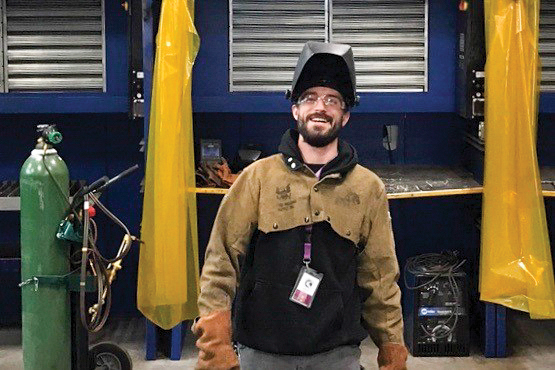
Beneficial Programs
Robert Wells-Clark
Career Technical Educator
The Dalles, OR
After years of budget cuts in our district, we are finally restoring many of the programs that had been cut in previous years due to lack of funding.
Through grants and great educator-led initiatives, we have added back Metal Shop, Fabrication and re-expanded the full complement of Auto courses. We’ve added Construction and full day Wood Shop, as well.
Our student community benefits immensely from these programs. We have clawed our way up from a 57 percent graduation rate, to an 83 percent graduation rate.
Our AP program has doubled in the last two years as well, and now finally matches the student demographic of our school.
This all stands to change if we don’t figure out how to fund our schools adequately. Our school district is facing the possibility of cutting seven positions. Seven!
These cuts will destroy so much of the progress we have built in the past four years. Who knows how many students will end up dropping out and never graduating due to these types of cuts? Please commit to the funding our schools require so Oregon’s students can have they education they deserve.
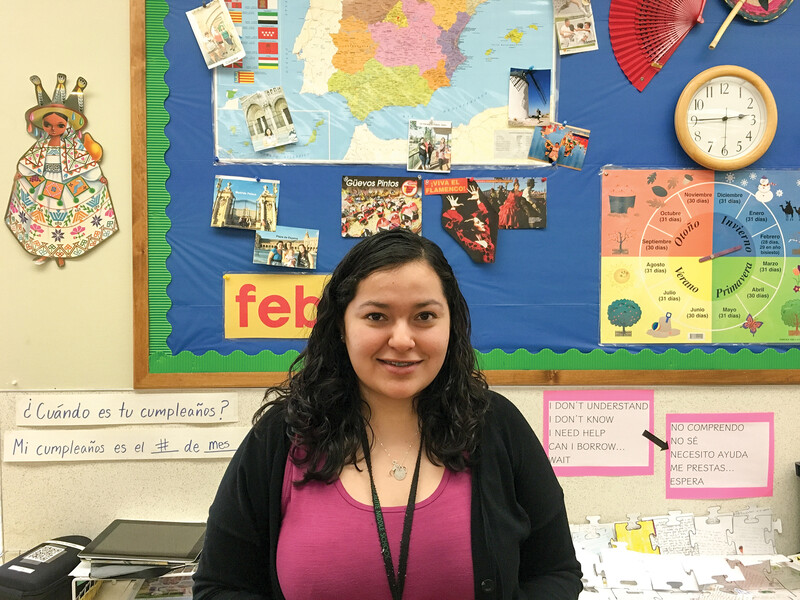
Time With Students
Aracely Gomez Bravo
Middle School Spanish Language Arts Teacher
Bend, OR
When I decided to become a teacher, I knew I wanted to teach Spanish because it is my passion. It’s my heritage. I’ve been working at the middle school level as a Spanish Language Arts teacher for four years. Our school is very internationally focused and globally minded - I love working here because we are a community of individuals committed to working together for our students.
One of the biggest impacts of budget cuts is class size. Typically, I have 30 or more students in a class. If you could see my classroom, you would notice that it is small, and we have large tables. That’s because the number of students is growing. It is physically hard for me to get around the classroom, and for my students it is equally challenging. I constantly hear from my students about how they feel they don’t have enough space.
I try to focus on working with a few students each day, but there are always kids who I feel like I’m ignoring. There is just not enough of me to go around, which means my students are not getting the support they need. I don’t have any instructional assistants, but I do have a lot of special education students. They need extra support in classes this large, but they don’t get it.
My heritage speakers’ class has 10 fewer students in it than in my other classes, and it’s easy to see the difference it makes for those kids. Smaller class sizes allow me to know what struggles each student is having, to know their individual backgrounds and their personal stories.
It’s hard to imagine what could happen if there were significant budget cuts. Our students need educational assistants who speak Spanish. We need more teachers, so we can reduce class sizes. We need to be able to fit in our classrooms.

